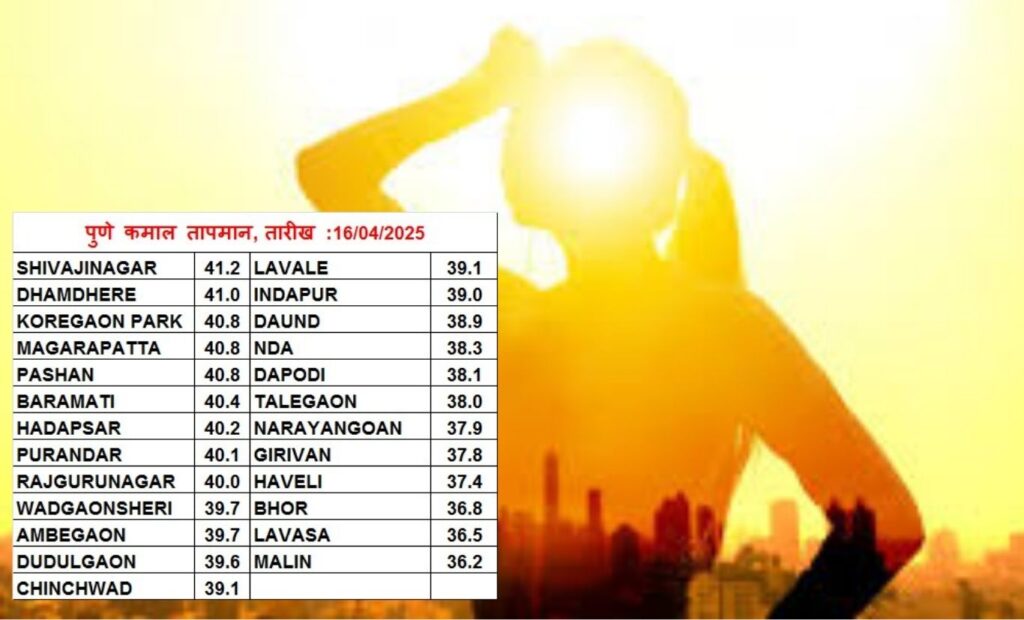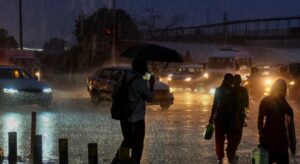Lohegaon Hits 43°C As Intense Heatwave Like Condition Grips Pune, Shivajinagar Records Season High

Lohegaon Hits 43°C As Intense Heatwave Like Condition Grips Pune, Shivajinagar Records Season High
Pune experienced its hottest day of the season on Wednesday, with Lohegaon touching a scorching 43°C, marking the peak of this year’s summer heat. The automatic weather station (AWS) in Shivajinagar also logged a record high of 41.2°C, reflecting the city’s growing discomfort.
The spike in temperatures is largely attributed to hot winds blowing in from northern India, where states like Rajasthan and Gujarat are already in the grip of heatwaves. These dry, heated air masses have intensified the weather conditions in Pune, pushing temperatures well above normal.
According to experts from the India Meteorological Department (IMD), such conditions are typical during April and May, the hottest months of the year. However, the current rise is more pronounced due to the ongoing heatwave in the northern plains, which has extended its impact southward.
Lohegaon’s AWS, situated within the air force station, is known to record comparatively higher temperatures. Similarly, Shivajinagar has reported over 40°C consistently in recent days. Night temperatures have also remained unusually high, adding to the overall discomfort.
Another contributing factor to the heat stress is the dry condition of Pune’s soil. The city’s characteristic black cotton and red soils, lacking moisture due to an absence of recent rainfall, have amplified daytime heating. The dry ground surface absorbs more solar radiation, causing further rise in temperatures.
Former IMD forecasting chief Anupam Kashyapi noted that while the heat is intense, it might trigger localized moisture incursion from nearby water sources or the Bay of Bengal. This could potentially result in brief spells of rain accompanied by thunder and lightning, especially during the evening hours.
In view of the prevailing conditions, the IMD has urged residents to avoid exposure to the sun between 11 am and 4 pm and to stay hydrated throughout the day.









